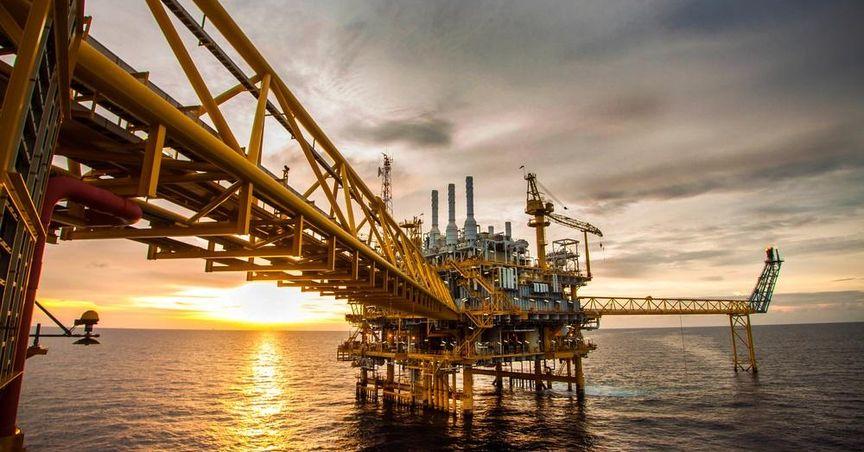Highlights
(LON:SHEL) operates within the energy sector and is part of the FTSE 100
The company maintains presence across global upstream and downstream energy operations
Known for inclusion in FTSE Dividend Stocks due to consistent dividend distribution
(LON:SHEL) belongs to the energy sector, a segment characterized by integrated operations across exploration, production, refining, and distribution. The stock is listed on the FTSE 100, positioning it among large-cap UK-listed entities. Additionally, it is part of the broader FTSE 350, which tracks the top companies from both the FTSE 100 and FTSE 250 indices. (LON:SHEL) has also gained visibility among FTSE Dividend Stocks due to a history of regular dividend payouts.
Operations and Business Footprint
The business maintains an expansive global footprint across upstream and downstream oil and gas operations. Its upstream segment includes exploration and development activities in multiple geographical regions, while the downstream segment handles refining, product marketing, and transportation. Its LNG operations continue to feature significantly in the company’s portfolio, contributing to overall output capacity.
Strategic Projects and Geographic Presence
Strategic energy hubs in regions such as the North Sea, Middle East, and the Americas remain essential to operational continuity. Technological deployment in these areas helps the company improve extraction efficiency and manage emissions compliance. The refining assets are spread across major demand markets, which allows it to serve both industrial and consumer end-users.
Transition and Energy Mix Shift
The company has made transitions in its energy mix, gradually aligning operations with long-term low-carbon ambitions. Renewable project development, though not yet a primary revenue stream, has been initiated in selected regions. This includes efforts in offshore wind, hydrogen pilot facilities, and carbon capture ventures. Additionally, integrated power trading units are being developed to complement the company's evolving energy offerings.
Revenue Streams and Downstream Dynamics
Downstream operations contribute to stable cash flows through refining margins and retail networks. Branded service stations located in densely populated and high-traffic regions serve as a significant touchpoint for fuel and lubricants sales. Chemical manufacturing remains another downstream element, primarily targeted at industrial and automotive applications.
Operational Focus and Long-Term Projects
Current upstream activities are backed by long-cycle project developments in offshore zones. The deepwater projects in selected territories are managed with digitalized monitoring systems and enhanced recovery mechanisms. At the same time, short-cycle onshore gas assets are utilized to maintain balance in production flow. Strategic divestments in non-core areas have continued to optimize the asset base.
Sustainability Framework and Infrastructure Modernization
The organization has established operational frameworks aimed at emissions tracking and compliance. Upgrades in refining units to accommodate alternative fuels, along with co-processing capabilities, indicate adjustments in infrastructure to meet energy transition goals. Gas flaring reduction and methane leak detection technologies are being employed across upstream locations.
Integrated Supply Chain and Trading Operations
The supply chain incorporates end-to-end visibility, with a focus on energy efficiency and logistics optimization. The trading division actively manages the supply-demand equation across geographies and commodities. Activities in crude, refined products, and LNG markets contribute to resource allocation across its portfolio.
Capital Allocation and Resource Development
Emphasis on capital discipline has supported long-term asset lifecycle management. Exploration budgets are being channelled toward high-yield basins. Enhanced oil recovery projects and mature field extensions remain part of the field development plan, contributing to reserve longevity. Technological integration in seismic data interpretation and drilling continues to be a part of upstream enhancements.
Retail and Customer Solutions Segment
The retail segment provides not just fuel but also convenience offerings through its store networks. This part of the business is linked closely to urban mobility and last-mile delivery infrastructure. The electric vehicle charging infrastructure has been expanded in selected markets, enabling it to serve changing transportation needs.
Global Energy Market Influence
The company’s trading presence and supply agreements allow it to navigate fluctuations in global energy benchmarks. The dynamic pricing and hedging mechanisms provide flexibility in navigating cost pressures and shifts in demand. The long-term supply agreements in LNG also form a stabilizing factor for recurring revenue streams.
(LON:SHEL) maintains a consistent payout pattern, aligning it with FTSE Dividend Yield criteria. Its status in the FTSE 100 and FTSE 350 reflects the scale and depth of its operations. Stability in operational cash flows has historically supported this classification.





